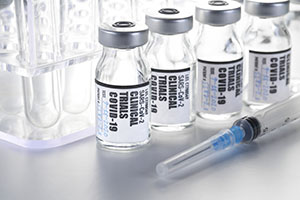Unanimous thumbs up from FDA committee for Moderna booster
 Biologics/ biosimilars/ vaccinesClinical TrialsHealth Authority meeting and communication strategyNorth America
Biologics/ biosimilars/ vaccinesClinical TrialsHealth Authority meeting and communication strategyNorth America Biologics/ biosimilars/ vaccinesClinical TrialsHealth Authority meeting and communication strategyNorth America
Biologics/ biosimilars/ vaccinesClinical TrialsHealth Authority meeting and communication strategyNorth America